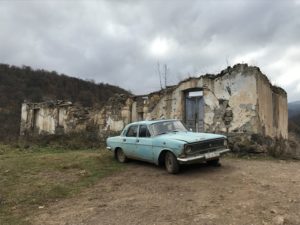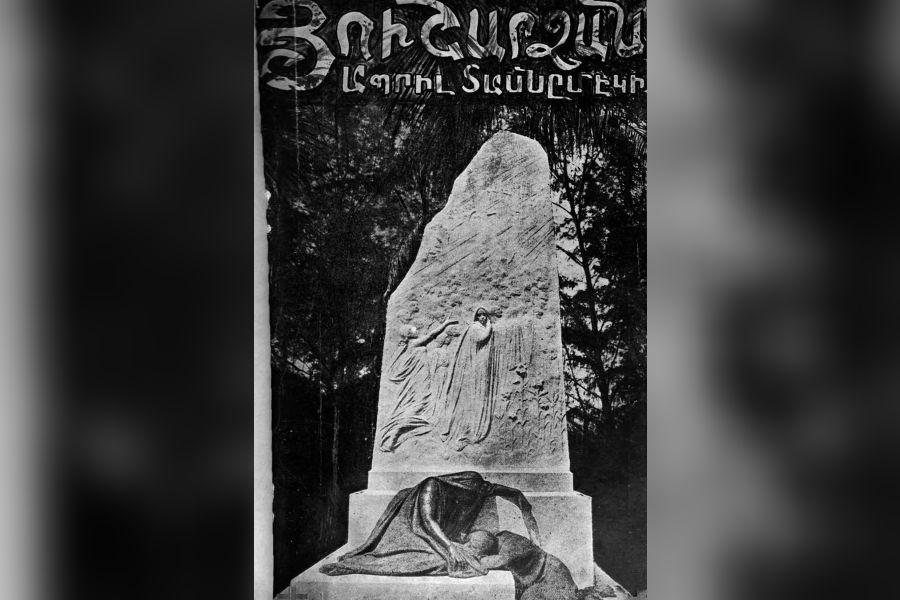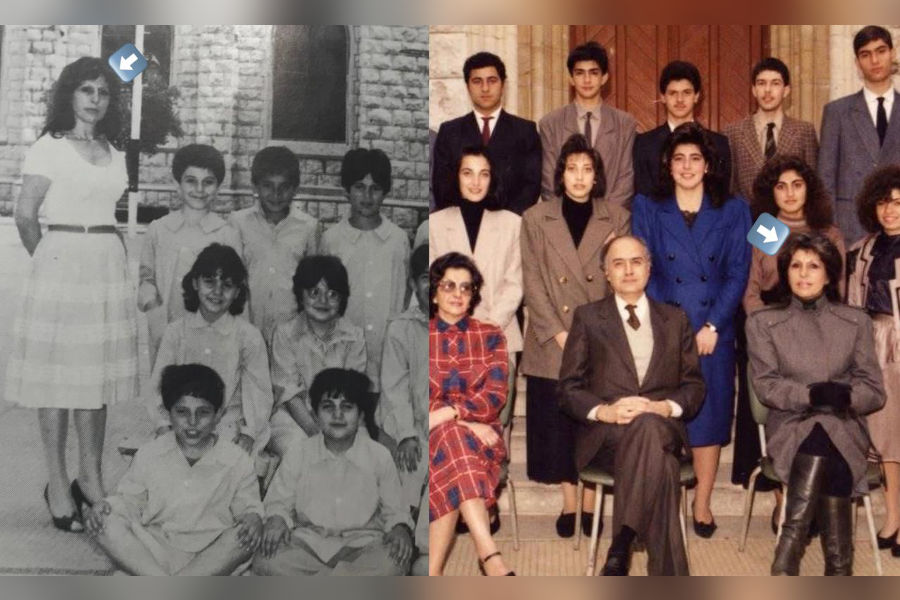
 Far away in the mountains of the Gegharkunik Province of Armenia near Lake Sevan, there’s an insignificant and inaccessible village known as Kalavan. Its population of 108 inhabitants are mostly survivors from Sumgait, Azerbaijan who resettled to Kalavan in the early 1990’s.
Far away in the mountains of the Gegharkunik Province of Armenia near Lake Sevan, there’s an insignificant and inaccessible village known as Kalavan. Its population of 108 inhabitants are mostly survivors from Sumgait, Azerbaijan who resettled to Kalavan in the early 1990’s.
Reversing the Trend and Revitalizing the Village
I was planning a trip earlier this month to Armenia and allocated three days to visit Kalavan to understand the excitement about this village. The declining village population is a major challenge in Kalavan and other villages in Armenia. Some countries have been successful in reversing the trend by providing various incentives, such as subsidized housing to attract young families to relocate to the villages. I don’t believe there are such programs in Armenia, however Kalavan could serve as an excellent case study of how a village, with their own resources, could reverse the trend and set an example.
One man, Robert Ghukasyan, successfully placed Kalavan on the worldwide archaeological and eco-touristic destination lists. Rubo, as the villagers call him, grew up and earned his primary education in Kalavan and later obtained an archaeology degree and worked overseas in various countries. In 2013, he moved back to Kalavan to pursue his dream of revitalizing a dying and disappearing village.
Three elements helped Robert in his mission. First, the forests around Kalavan have several archaeological sites with both human and animal bones that date back some 5,000 years. Second, the mountains and forests provide magnificent hiking and trekking options. Third, Kalavan is an unspoiled village without even a single retail store, reminiscent of the forgone era.
Bed and Breakfast and Home-stays

With Robert’s guidance, archaeologists from Germany and Israel started visiting Kalavan for extended stays and local digs. This triggered the idea of providing visitors with basic bed and breakfast facilities and encouraged the building of extended restrooms attached to homes. The community also installed solar water heaters to provide hot water for overnight guests. Robert and the villagers have been adamant in maintaining the existing authentic village character while also offering basic comforts; the Kalavan community is not interested in building modern and extended-stay hotels.
The traffic generated by visitors for scientific and archaeological projects has generated such enthusiasm that there are currently no houses for sale in Kalavan. Dilapidated houses that you could have previously purchased for a mere $1,000 are currently worth over $20,000. Of the 31 homes in the village, eight offer B&B options with a total capacity of 40 guests. This has provided an economic stimulus to the villagers and has prompted the modification of two additional houses to ultimately house 60 guests by the summer of 2019.
You should be warned that there are no local grocery stores, bakeries or any retail stores in Kalavan. All supplies must be sourced from nearby towns, which is how the villagers would like to keep it.
The village school and the remains of the old Soviet-era House of Culture


The village school was clean, but I did notice the classroom desks date back to the Soviet times. The walls were also showing signs of humidity and decay. Two of the seven classrooms were recently renovated and waterproofed, but the remaining five rooms needed new windows and weatherproofing. There are currently 19 students enrolled; the principal was excited to share that there were eight births in the village last year, which means eight additional students in a few short years.
Adjacent to the school is the ruins of the House of Culture and the blue Volga, other reminders of a forgone era.
“Time Land Foundation” and the New Scientific Center

The most significant and notable achievement for Robert and Kalavan is the establishment of the non-profit “Time Land Foundation” and its two-story, 250 square meters (2,700 sq. ft.) new building which will serve as a scientific and research center for visiting scientists. It will also house a library and cultural and community center for local youth. The $150,000 project is being funded by USAID, UNDP and private donors.
“Our kids don’t have to travel to Yerevan or other major hubs to be able to experience modern technologies,” Robert explains. He believes in providing local youth with a state-of-the-art learning facility which will help them stay attached to the village and not rush to relocate to Yerevan at their earliest opportunity.
Continuing Needs for the Village

Kalavan still needs help and support to continue with its initiatives to stabilize the village. The school needs repairs to make it a safe environment for both students and teachers, and the town has adamantly requested for aid from the provincial government to repair the seven-kilometer dirt road connecting the village to the main road.
A four by four vehicle is the best mode of transportation on the seven-kilometer dirt road. It’s about a 40-minute ride. The villagers have requested road repairs by compacting gravel, which should reduce the travel time by half. With a $60,000 excavator or backhoe the villagers would be able to repair and maintain the dirt road, additionally provide basic irrigation channels for local farms and build hiking and biking trails around the village.
Kalavan is a truly unique town with ambition and opportunity. I encourage all to visit the village in the mountains of Lake Sevan to experience the excitement and growing projects. The new Scientific Center back-dropped with breathtaking views provides an unforgettable experience.










How could our millionaire thieves in Yerevan with huge palatial homes and surrounding countless properties everywhere, could have possibly neglected such a beautiful village in such utter disrepair since soviet times!
Because it’s not interesting enough for them to move in yet, while true and honest people do all the hard work; they wait, and then swoop in.
They neglected many. It is a picture of most border villages.
But now it is new day. One by one life will improve. It is the job
for all of us. Each of us can get involved with a village
and their wonderful people. Do it now! Through one if the many
excellent foundations Paros, Tufenkian, COAF , AEF or by yourself.